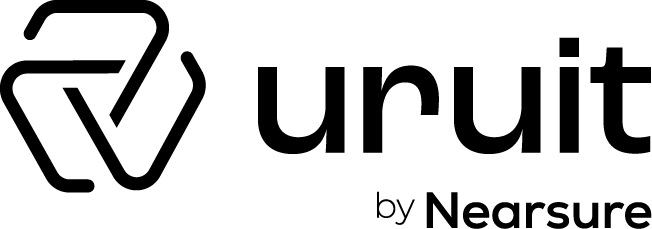Contents
Tools for Doing a Problem Discovery The Five Whys
If you read any entrepreneurship blog or magazine, chances are you’ve been told that the best, most successful products and services solve a problem. You’ve heard that creating something that addresses a pain point is the ticket to success. So, all you have to do is find a problem to solve, right?
Well, yes. But it’s not as easy as you might think.
Everyone who has big dreams of building something amazing is doing the same thing. Staring at that blank page while you should be working on product strategy is daunting. Fortunately, there are some tools you can use to find problems that need to be solved. Here’s what you need to know.
Who Are You Solving the Problem For?
The first step in problem discovery is understanding who will use the solution or product you create.
If you haven’t already defined who you want to build a product for, you can work with user personas to define your ideal customer.
Some products are built for consumers, some are B2B, and some are a hybrid of both. While this might change during the product design or at some point of the digital product lifecycle, when you discover new uses for your product, it’s a good idea to create a picture of your ideal customer now.
Buyer personas are often used in marketing, and they create a fictional picture of your ideal customer, including their age, where they work, their education level, what stage of life they are at and more. By knowing exactly who you are selling your product to, you can plan the design and build around their needs.
The Three Question Method
Once you know who you want to build a product for (even if it’s loosely defined) the next step is to figure out what they really need.
The three-question method poses three questions: what would get you fired, what would get you promoted, and what keeps you up at night.
These three questions can help you to find problems across every kind of customer.
If you know what would get them fired, you know what the real root of their role at work is. If you know what the most important thing that they do is, you can start looking for ways to make it simpler, better, or more accurate.
If you know what would get someone promoted, again, you know what they are striving for, and any tool or product that can give them that would definitely get at least a second look.
What keeps you up at night works for consumers as well as B2B prospects. If you know what really enough impact on people’s lives has to make them lose sleep, you have a problem that’s really worth solving.
Sometimes the simplest way to find problems to solve is simply to ask the people you want to solve them for. So, once you know who your ideal customers are, spend some time picking their brains. Don’t commit to any idea. Just look for patterns. If ideas and themes come up frequently, you might be on to a winner.
Problem Statements
Problem statements are a problem discovery tool that takes the very basic information you get from the three questions and turns it into a detailed explanation of the specific problem.
Think of this as a short story that combines the buyer persona you’ve already created with the problem; they have presented to you.
So, you might have:
Dan, a construction project manager, has employees who hate doing paperwork. He wants to find a paperless way to get information from field crews faster.
As you can see, this problem statement gives you a very clear outline, and probably sparks some ideas that might be the basis of your product.
The Five Whys
Another great tool for problem discovery is a project management methodology called the “five whys.”
This system is used to develop and improve processes and is usually applied when something goes wrong. The method is simple:
- Identify what the problem is, and what happened. Now ask why.
- Every time you get an answer, keep asking why.
- Continue until you have asked why five times.
- The final answer to the final why is the root cause of the problem.
This approach is useful because the real problem is usually not the one that you notice. It’s almost always caused by a chain of events that lead up to the problem occurring.
So, for instance, you forget an important project file at home. Why? Because you were in a rush. Why? Because you had too little time to get ready for work. Why? Because you hit the snooze button too much. Why? Because you went to sleep late. Why? Because you were working late.
In this case, the solution might be a timer application on your computer that doesn’t let you work past a certain time and can’t be bypassed. Or a productivity tool that allows you to get more done earlier in the day.
That’s a very basic example, but it can be applied to nearly every high-level problem to determine the true root cause.
The Problem Framing Canvas
Once you know who you are building a solution for, what their pain points are, what they want, and what the root cause of the problem is, you’re in a great place to start generating ideas.
The problem framing canvas is a tool that allows teams to collaborate, and offers prompts that encourage brainstorming of ideas, and further defining the problem and any potential solutions.
The problem framing canvas usually happens towards the end of the process and is something you can refer to during the design and even digital product lifecycle, when you’re looking for ways to add new features to your base product or MVP.
Product design should never happen in a vacuum. Just because you think something is useful does not mean that there’s a demand for it. So even if you already have an idea that you think is great, you should still go through the problem discovery process to validate your assumptions.


